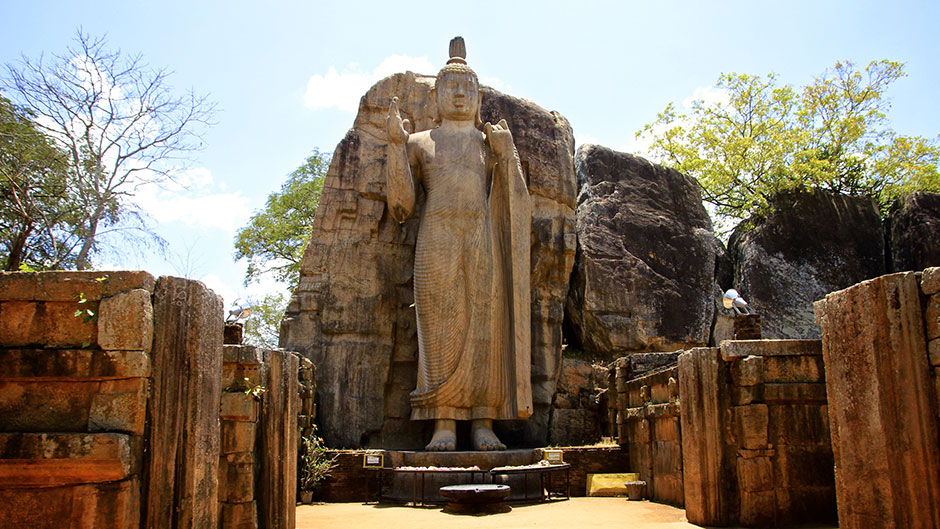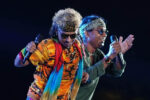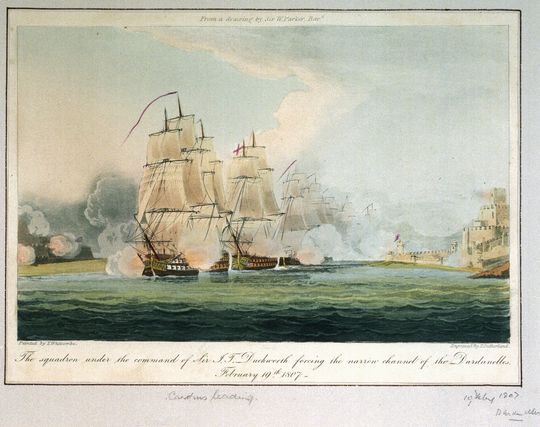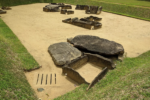THE VILLAGE THAT BROUGHT SRI LANKA INTO LIMELIGHT
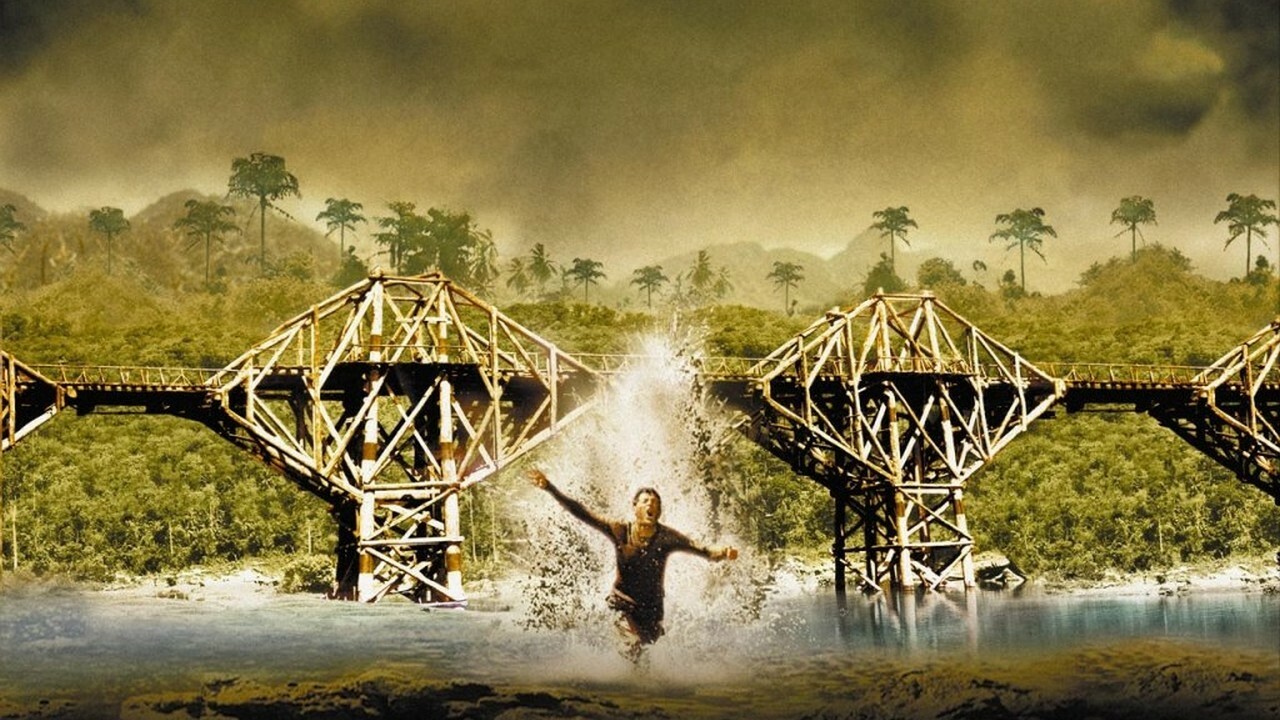
When you head towards Sri Lanka’s capital Colombo on the A7 main road, leaving Nuwara Eliya, the town in the Central Province with a salubrious climate, misty mountain peaks and verdant tea plantations, you will reach a town named Ginigathhena. Travelling further down, you will observe a change of the landscape which is being replaced by lush growths of rubber plantations on your right. The ground now slopes down to the River Kelani on your left, with scenic mountain ranges still in sight in the distance. Shortly, you will come in view of the otherwise obscure calm and quiet village of Kitulgala, about 80 km from Colombo, that became renowned the world over, being the location of the epic 1957 war film named “The Bridge on the River Kwai”, still regarded by film critics as one of the best movies of all times. It won seven Academy (Oscar) Awards and earned 10 times its $3 million production cost.
This cinematic classic is based on the 1952 French novel entitled “Le pont de la rivière Kwaï”, written by author Pierre Boulle who was a prisoner himself during the World War II. It was translated into English in 1954 by British author and journalist Xan Fielding. David Lean, with a slight adaptation of the original novel, directed the film and Sam Spiegel produced it. William Holden, Alec Guinness, Jack Hawkins and Sessue Hayakawa starred in the film, playing the principal roles. What is of interest for us is the fact that four Sri Lankans were also involved in the making of the movie: Willie Blake (as assistant cameraman), Gamini Fonseka (veteran actor and director in the Sinhalese cinema), Chris Greet and Vijaya Abeydeva.
Although a large part of the plot of the movie is fictional, it centres on the true story of the construction of the 415 km railway line (1942-1943) during the World War II, linking Thailand to Burma (now Myanmar) to carry Japanese troops and materials to the battlefront in Myanmar. The railway project, ordered by the Japanese Empire, was nicknamed the “Death Railway” on account of the hundreds of soldiers of the Allied Forces and other conscripts who died while the construction was in progress.
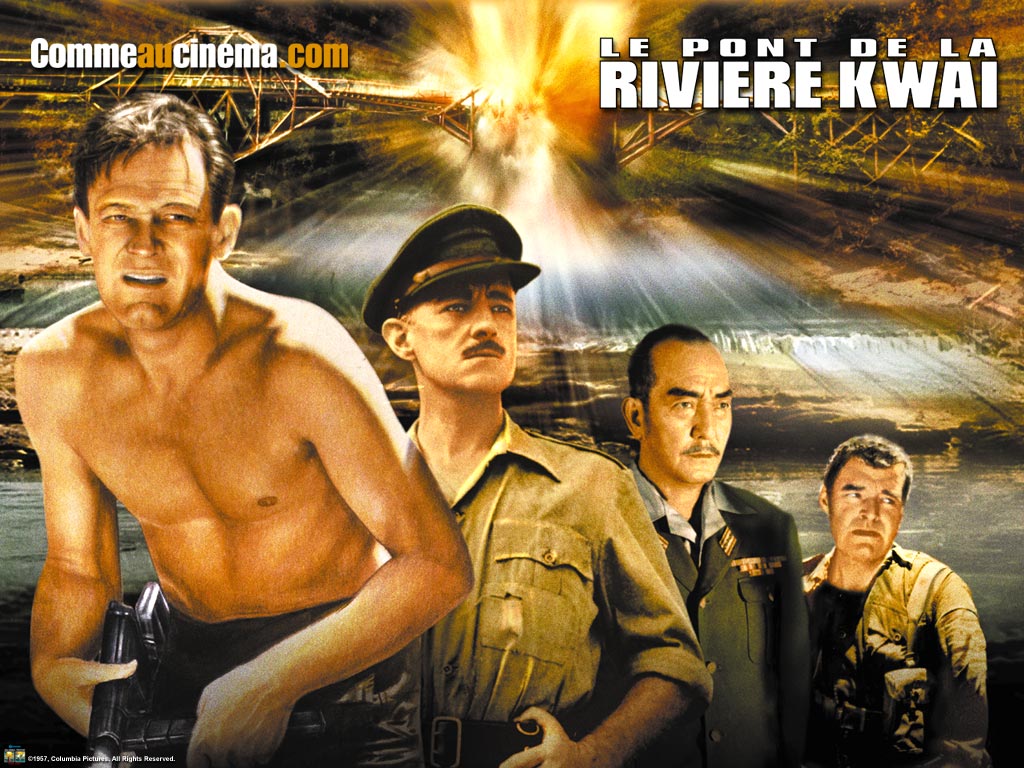
In the story of the film some British prisoners of war build a bridge for the Japanese army as part of the railroad when it comes to the River Kwai. One of the prisoners escapes the site and returns to blow up the bridge on the very day it was opened for traffic.
For the first time a film company in Sri Lanka bought an entire train (it was one of the trains that ran on the then narrow Kelani Valley Line) to blow it up later. The six-month construction project is said to arouse the curiosity of the villagers of Kitulgala. The significance of it was beyond their grasp. Most of the villagers gave up their jobs of tapping rubber trees and joined the film project for a better remuneration which was almost seven times higher than what they had earned per day.
The then Prime Minister S. W. R. D. Bandaranaike (1956-1959) of the Dominion of Ceylon (now Sri Lanka) is said to be among the invitees present to witness the blow up of the bridge. Before the blow up the police chased away the villagers from the vicinity. They were at a loss to understand why this wooden bridge, built at an enormous cost, should be destroyed along with the train.
The whole story was filmed in locations in Sri Lanka. The tourist town Mount Lavinia on the southern suburbs of Colombo was also one of the locations. This town is connected with actual events that unfolded themselves while the World War II was being raged. Mount Lavinia Hotel served as a place of relaxation and recovery for injured Allied Troops. Furthermore, Admiral Lord Louis Mountbatten, Supreme Commander of South-East Asia, was also stationed in Kandy in the Central Province of the country.
This film evokes nostalgic memories of my school days when I watched this film with my mother as a child. Many years later, I was able to be present physically at the very location where the movie was shot. A notice by the side of the road points out the exact location of the bridge. A lady who lived by the side of the river (whose name I do not remember now) voluntarily offered us to help reach the river bank. First she invited us to see her family and some old black and white photographs from the late 50’s which she proudly keeps as a family treasure. The photos showed her husband along with other villagers who had been employed for the project as ‘extras’. “I still cherish memories from those days and the massive explosion that shook the whole area still echoes in my mind”, she said, adding that, after the explosion, village children amused themselves amid the submerged carriages of the train, picking up rubber dummies of Japanese soldiers clad in khaki uniforms.
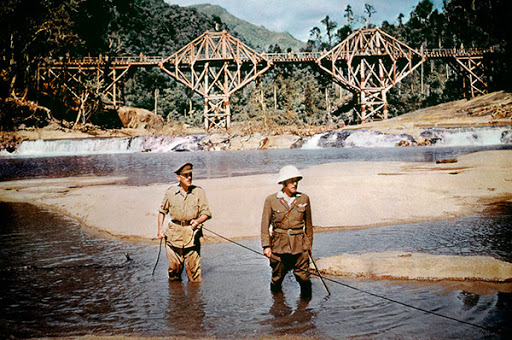
Then the lady accompanied us to the bank of the river. If we had not longed to see the remains of the bridge we would have avoided that unpleasant experience as those blood-sucking leeches abounded on the wet and muddy ground for we were in one of the wettest places in Sri Lanka that receives two monsoons yearly. Those worms stuck to our feet and legs menacingly at every step. With exhaustion and discomfort we finally managed to come to the river bank where we could see the wooden foundation of the bridge. A soothing calmness prevailed over the surroundings only to be disrupted by the chirps of the endemic birds of this wet zone rain forest and the flow of the waters of the River Kelani that drain into the Indian Ocean near Colombo.
Kitulgala, located in the Sabaragamuwa Province in Sri Lanka, derives its name from the Sinhalese word ‘Kitul’. The sap of this solitary fishtail palm, Caryota Urens, is concentrated into a delicate syrup and crystalised to form jaggery which locals call ‘Hakuru’ or pieces of a kind of sweet sugar, brown in colour. It is also fermented to produce palm wine while the pith produces sago and ropes are made from its fibres.
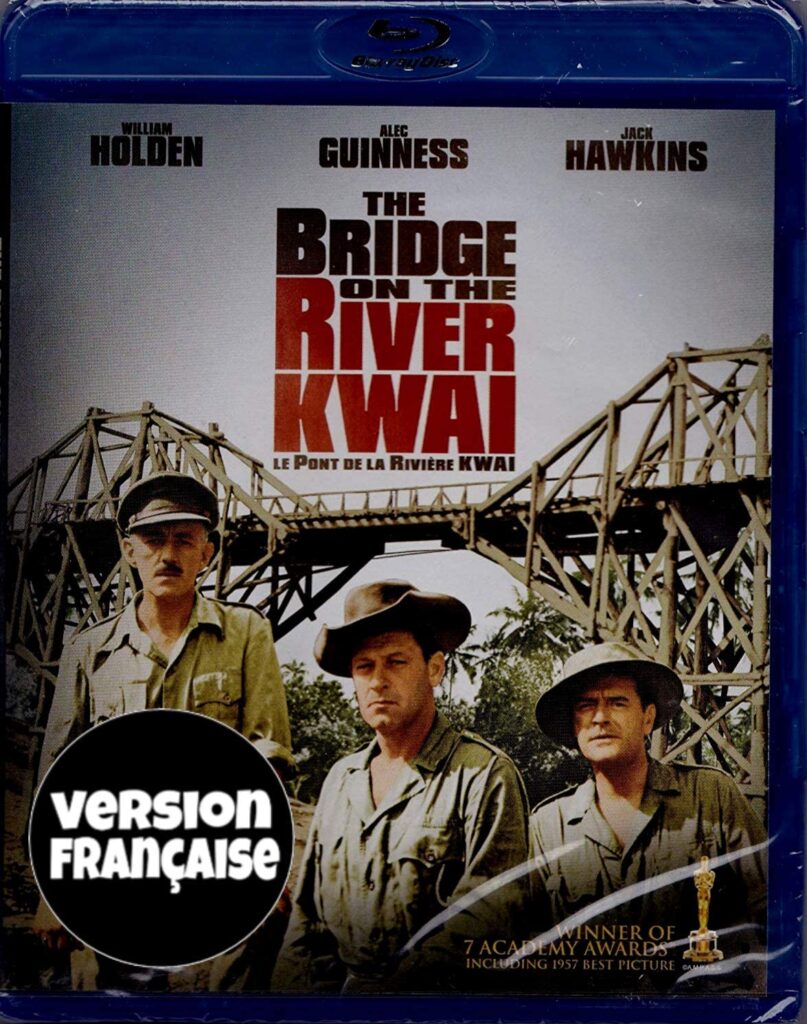
Today tourists flock to Kitulgala not only to see “the bridge on the River Kwai” but also to practice white water rafting to navigate the rapids of the river in inflatable rafts. Locals here help visitors to go through this memorable aquatic sports adventure that became popular the world over since 1950’s.
